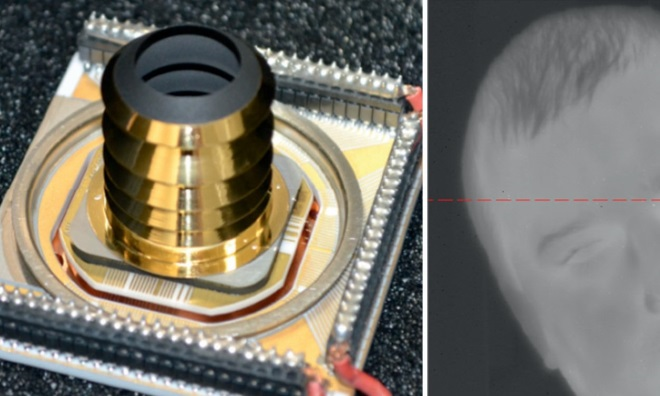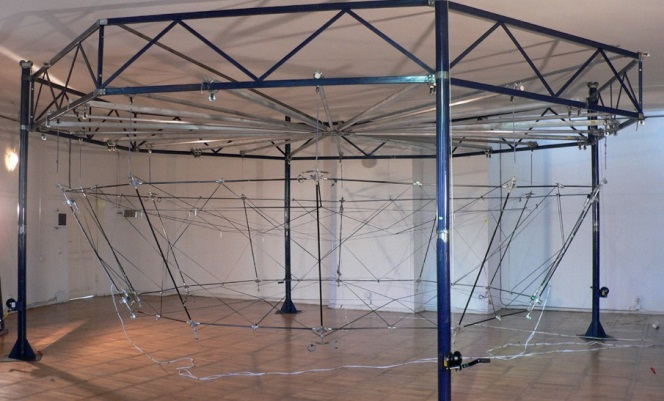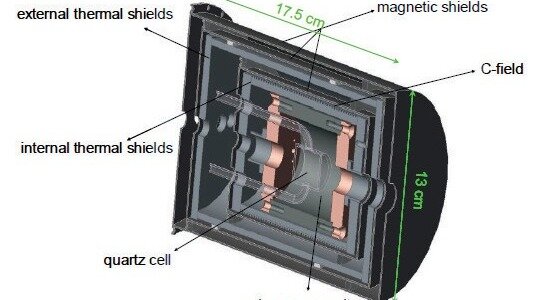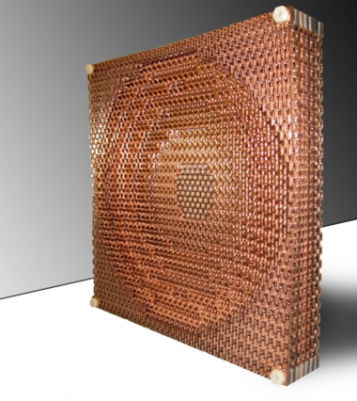TDE Work Plan - oriented on ESA's Service Domains
The Technology Development Element is run on a two-year workplan and organised according to technology domains based in turn on application areas, i.e. Earth Observation, Space Science, Exploration, Space Transportation, Telecommunication and Navigation.
Moreover, it supports the development of Generic Technologies, either of use to multiple missions or advanced basic technologies of common interest to all applications (e.g. in the field of components, software, power generation, satellite propulsion).
The TDE two year work plan is defined through the End-to-End process and TECNET and using as a reference Technology Harmonisation roadmaps.
The TDE is currently implementing the activities approved for the running 2019/2020 cycle.

Earth Observation (EO)
Technology developments for the next Earth Explorer Core missions, the post-EPS missions and candidate missions, for which further technology preparations have been recommended.
Science (SCI)
Developments for the Cosmic Vision Plan (2015- 2025) and in particular the so-called Large Missions candidates (IXO, LISA and Laplace), the Medium ones, and the preparation of future mission concepts recommend by the Space Science Advisory Committee (SSAC).
Exploration (EXP)
Technologies related to Robotic Assistance to Human Missions, Life & Physical Sciences, Human Exploration Technologies and (Moon) Autonomous Robotic exploration.

Space Transportation (ST)
Launcher oriented Technologies; Human Space Flight oriented Technologies and Generic Space Transportation Technologies and Atmospheric Re-entry Technologies. Applications are the Next Generation Launcher, PRIDE.
Telecommunications (TEL)
Mobile interactive services, fixed services, direct broadcast service, interactive broadband services, data relay and security services.
Navigation (NAV)
European Geostationary Navigation Overlay Service (EGNOS) evolution, Galileo evolution and Enabling Technologies and Techniques for Global Navigation Satellite System (GNSS) Evolution applications.

Generic Technologies (GEN)
They complement the application driven technologies, by taking care of technologies common to two or more application domains, e.g. platform, ground segment or payload technologies. Furthermore, a sound strategy for technology cannot look only at the immediate needs, i.e. the candidate missions, but must look beyond and realise the potential of technology for gradual and disruptive innovation, as the way to increase performance and affordability of European space systems and the competitiveness of European Space Industry.
When it comes to handling multidiscipline engineering problems, the TDE is organised into a number of cross-sectorial themes.

- Avionics
- End-to-end process
- Electronic Components
- Clean Space
- Space and Energy
- Technologies Enabling Breakthroughs in Science
- Advanced Manufacturing.
The advanced manufacturing theme is key throughout the current work plan.
It has the main objective to identify and implement new and innovative manufacturing technologies which show high potential for space applications in terms of design freedom, performances or costs and lead time reduction.


